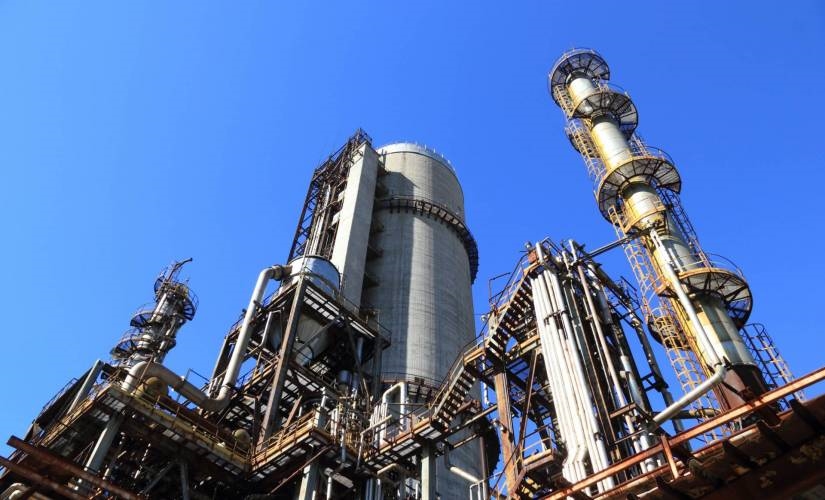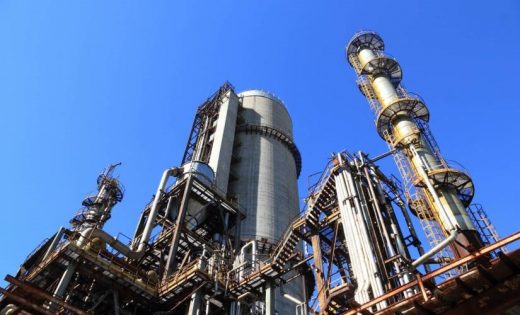How to Apply IoT in the Oil and Gas Industry
How to Apply IoT in the Oil and Gas Industry

The Internet of Things has found its way into various industries: automotive, agriculture, green energy. One of the areas that IoT is about to conquer is the oil and gas world. Today, companies hire plant managers, machine operators, and field personnel to predict when machines need maintenance and upkeep. These managers monitor IoT to keep employees safe in the work environment and to improve production.
McKinsey Global Institute’s research indicates that IoT has the potential to attract $ 11.1T by 2025.
Mining and the oil and gas companies have a potential economic impact of $ 930B within the next decade. As such, it doesn’t surprise anyone that the Oil and Gas industry is interested in leveraging IoT?
Why use IoT in the oil and gas industry?
In the Oil and Gas industry, the advantages of oil and gas IoT applications lie in creating value through an integrated deployment strategy. IoT will allow the industry to digitize, optimize, and automate processes that were previously unconnected to save time, money, and increase safety.
IoT is the technology that allows devices, machinery, and other equipment to communicate with each other. It lets oil and gas companies manage and store data, create applications, and set security protocols.
Preventive Maintenance
Companies hire plant managers, machine operators to predict when machinery needs maintenance. With IoT, you can accurately predict when maintenance has to be done, and you can keep your employees safe while improving production.
For oil and gas companies, IoT run software tells the manager when to repair the machinery, and alerts them when something is likely to break. It is essential in the Oil and Gas industry to protect all equipment — including watching out of any leaks and even minor breaks. IoT can handle all alerts. Just lean back and let the Internet of Things do its thing.
Remote Services
Oil and Gas are generally found in the remote areas of the globe that are hard to reach areas. The isolated terrain leads to problems with the upkeep of equipment, and any extraction needs from the sites in remote locations cause increased risks. IoT helps with:
- Safety needs of both the employees and the equipment.
- High prices for maintaining equipment.
- Saves on the high expenses for the workers.
- It provides less chance of human error.
What IoT allows for is that oil and gas companies are being able to remotely manage everything on their plants at any time. IoT can help manage and provide alerts for issues from minor leaks to system breakdowns. Companies can set the monitoring devices on their machines to take care of everything.
The biggest threat to all industries.
The most significant threat to all industries — one that makes companies lose billions of dollars every year, is Non-Productive time (NPT).
When workers and employees are not required to be on-site observing equipment and monitoring issues it saves vast amounts of time and money. That’s what IoT has done for the Oil and Gas industry.
Safety
Oil and gas sites are generally dangerous for workers’ well being and safety. Included with the oil and gas industries is water. Another high-cost area of service. Some reservoirs are up to 3,000 meters deep and many are far offshore. Dangerous circumstances are always involved in the water industry, as well as in oil and gas.
Using IoT in these areas at remote sites can prevent health issues, injuries, or even save lives.
Case study: Applying IoT in the oil, gas, and water industries.
The digitalization of IoT in the oil, gas, and water industries. IoT has saved a lot of money and provided greater protection for remote workers and employees who have to remain far from civilization without support.
Before IoT — there was only the desktop app.
Of course, desktop apps are still a thing, but not as much for remote maintenance cases. Desktop solutions work for in-house needs, where either security matters, or that involve end-to-end tasks.
The businesses of the client revolved around RFScada units. These data delivery devices work great for industrial areas. RFScada units comprise the desktop app and phone apps that took over 16 years to develop. These devices are used for tracking and gathering data.
The first desktop app contains a whole lot of functionality and was super detailed, and too complex. The computer with the app had to be connected to the monitored gateway at all times. The portal, online, could be connected to a number of machines.
However, to see the data and track if anything was outside the expected ranges — a person would have to look on the screen and watch the tracking. This process was not very convenient. Remote locations, nighttime, and problems when monitoring moving cargo — all were issues that had difficulties to solve.
Finally, the request was made to turn the entire system into a web platform that brings the best of IoT to oil, gas, water, and other industrial areas.
Turning the constraints into advantages.
From a business standpoint, RFSCADA is a great system for enterprises, but it had a hard start in development. The solution took some considerable constraint and workarounds but came out with a legacy system with a mix of cutting-edge IoT offerings.
The beginning challenges.
- Design scalable and easy maintainable architecture for the platform.
- Simplify the flows for different user roles yet maintain in-company and in-system security.
- Developed a user-friendly way for updating firmware via UI.
- Wrote a compatibility script on Lua that generates configuration updates for firmware based on changes a user makes.
- Found a reliable gateway to process data and relay that data to and from the needed devices.
- The RFScada gateway system also works with cellular traffic.
- Able to analyze what is needed and cut all unneeded data.
- Data has been prioritized for the simplicity of the users.
With limited time, this system went through the MVP approach. All functionality was sorted, and the main component was selected for the main components that would be used for future platforms. The primary purpose has always been to make this IoT system adoption as easy as possible to work with.
IoT web platform for monitoring and managing plants remotely
With a minimalist design concept, one of the main perks of using IoT in oil, gas, or any other industry lies with minimum effort for the user. In the system, you configure everything once, and you’re done — you’ll get notifications when needed. You only need to return when making configuration updates, and most of these are simple, time-saving, and automated.
The new digitized IoT system includes:
- Registered number of users with individual access rights
- Ability for the lead engineers and plant owners to configure the needed monitoring.
- Regular workers have the ability, if given access, to track the plants they’re assigned to.
- Configuring sensors attached for each unit.
- Specific parameters (including hierarchy, measuring frequency, and type) and conversions in common measurement units.
- Text message and call alarms.
- Users receive a timely alert in case of spikes on any sensor. The user acknowledges the receipt of the warning so the system can shut down if needed.
- All data and events are logged, as well as the complementary configurations.
For each sensor, the user can configure the acceptable, risk, and danger range and also set up impressions for tracking. This variety leaves parameters created in the flexible dashboard and allows differing widget types.
Conclusion
IoT handles a lot of routine scenarios for everything. That’s why we love applying it to simplify work and leisure — making time for more intellectual pursuits.
Thanks for reading. Please feel free to write a word of two of what topics you’d like to read about.
The post How to Apply IoT in the Oil and Gas Industry appeared first on ReadWrite.
(54)


